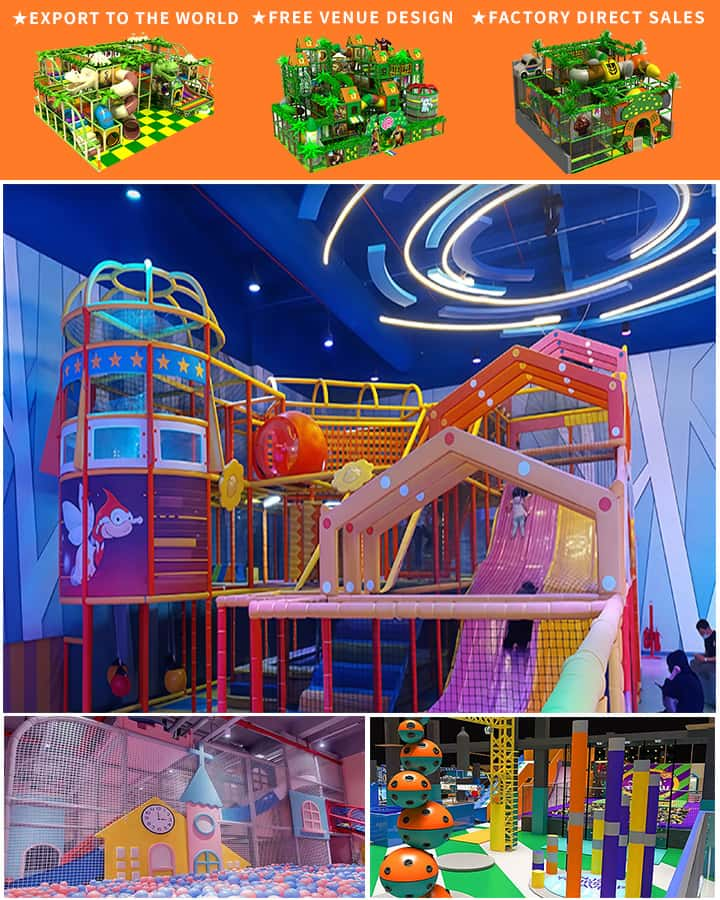In the world of childhood play and development, few activities offer as much fun and benefit as using balance beams. These simple yet effective tools are not only a staple in gymnastics but also serve a crucial role in children’s physical and cognitive growth. Whether you’re an enthusiastic parent, a dedicated coach, or an educator, understanding the importance and implementation of balance beams for kids is essential. This guide will walk you through everything you need to know about incorporating balance beams into your child’s playtime and training regimen.
The Importance of Balance Beams for Kids
Balance beams are more than just pieces of equipment; they are fundamental in fostering various aspects of a child’s development. Here’s why balance beams are a must-have target for kids:
1. Physical Development
- Improved Coordination: Navigating a balance beam requires precise motor skills and body coordination. As kids learn to maintain their balance, they enhance their overall coordination.
- Strength Building: Walking or performing tricks on a balance beam engages multiple muscle groups, including the core, legs, and arms, contributing to overall strength.
- Flexibility: Many balance beam exercises require stretching and bending, which promotes flexibility and agility.
2. Cognitive Benefits
- Enhanced Concentration: Balancing requires focus and mental discipline. Regular practice on balance beams can improve a child’s ability to concentrate and stay focused on tasks.
- Problem-Solving Skills: Learning how to navigate and overcome challenges on a balance beam fosters critical thinking and problem-solving abilities.
3. Emotional and Social Growth
- Confidence Building: Successfully balancing on a beam boosts self-esteem and confidence. It gives children a sense of accomplishment.
- Social Interaction: Activities involving balance beams are often group exercises, encouraging teamwork and social interaction among peers.
Choosing the Right Balance Beam
Not all balance beams are created equal, especially when it comes to kids. Here are some key factors to consider when selecting the right one:

1. Age Appropriateness
- Choose beams with appropriate width and height to match the age and skill level of the child. For younger children, wider and lower beams are safer.
2. Material and Durability
- Ensure the beam is made from high-quality materials that can withstand rough use and provide a stable surface. Wooden beams are traditional, but foam or plastic options can be more forgiving for beginners.
3. Safety Features
- Look for beams with non-slip surfaces and rounded edges to prevent injuries. Mats or cushioned surroundings can add an extra layer of safety.
4. Portability and Storage
- Consider beams that are easy to set up, break down, and store, especially if space is limited at home. Lightweight and foldable designs are ideal.
Fun Exercises and Activities with Balance Beams
Introducing balance beam activities should be a mix of fun and functional. Here are some exercises to get started:
1. Basic Beam Walking
- Have children walk along the length of the beam with arms extended for balance. Begin at ground level and gradually increase the height as they gain confidence.
2. Balancing Games
- Turn balancing into a game by introducing challenges like walking backward, sidestepping, or picking up objects while on the beam.
3. Obstacle Courses
- Create obstacle courses using additional equipment like cones, hula hoops, or light weights. This encourages creativity and problem-solving.
4. Team Competitions
- Organize friendly competitions where kids take turns walking the beam, either individually or as part of a relay team. This builds camaraderie and motivation.
Tips for Parents and Coaches
1. Start Simple
- Begin with straightforward exercises and gradually increase complexity as the child’s confidence grows.
2. Provide Support
- Offer encouragement and support throughout the learning process. Celebrate small victories to keep morale high.
3. Ensure Safety
- Always supervise activities involving balance beams, especially for younger children, to ensure safety.
4. Make it Enjoyable
- Keep sessions light-hearted and fun to maintain interest. Use imaginative themes or stories to make the activities more engaging.
Conclusion
Balance beams for kids are a versatile and beneficial tool that can significantly impact their physical, cognitive, and emotional development. By choosing the right beam and incorporating fun, safe activities, parents and coaches can help children improve their balance, strength, and coordination while having a great time. So, set up that balance beam today and watch your little ones master the art of balance!




